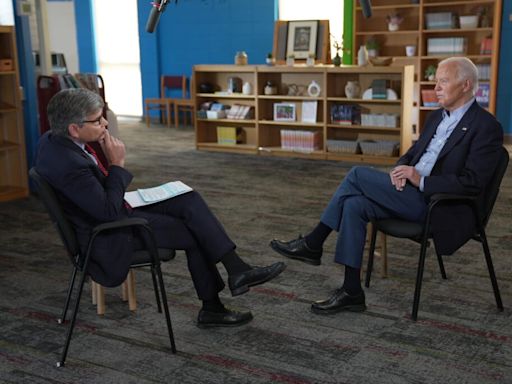Search results
History of television. Family watching TV, 1958. The concept of television is the work of many individuals in the late 19th and early 20th centuries. The first practical transmissions of moving images over a radio system used mechanical rotating perforated disks to scan a scene into a time-varying signal that could be reconstructed at a ...
- 1831
- 1862
- 1873
- 1876
- The Late 1870s
- 1880
- 1884
- 1900
- 1906
- 1907
- GeneratedCaptionsTabForHeroSec
Joseph Henry's and Michael Faraday's work with electromagnetismjumpstarts the era of electronic communication.
Abbe Giovanna Caselli invents his Pantelegraph and becomes the first person to transmit a still image over wires.
Scientist Willoughby Smith experiments with selenium and light, revealing the possibility for inventors to transform images into electronic signals.
Boston civil servant George Carey was thinking about complete television systems and in 1877 he put forward drawings for what he called a selenium camera that would allow people to see by electricity. Eugen Goldstein coins the term "cathode rays" to describe the light emitted when an electric current was forced through a vacuum tube.
Scientists and engineers like Valeria Correa Vaz de Paiva, Louis Figuier, and Constantin Senlecq were suggesting alternative designs for telectroscopes.
Inventors Alexander Graham Bell and Thomas Edisontheorize about telephone devices that transmit images as well as sound. Bell's photophoneused light to transmit sound and he wanted to advance his device for image sending. George Carey builds a rudimentary system with light-sensitive cells.
Paul Nipkowsends images over wires using a rotating metal disk technology calling it the electric telescope with 18 lines of resolution.
At the World's Fair in Paris, the first International Congress of Electricity was held. That is where Russian Constantin Perskyi made the first known use of the word "television." Soon after 1900, the momentum shifted from ideas and discussions to the physical development of television systems. Two major paths in the development of a television sys...
Lee de Forest invents the Audion vacuum tube that proves essential to electronics. The Audion was the first tube with the ability to amplify signals. Boris Rosing combines Nipkow's disk and a cathode ray tube and builds the first working mechanical TV system.
Campbell Swinton and Boris Rosing suggest using cathode ray tubes to transmit images. Independent of each other, they both develop electronic scanning methods of reproducing images.
Learn how television was not invented by a single inventor, but by many people working together and alone over the years. Explore the evolution of the device from electromagnetism to coaxial cable, from mechanical to electronic systems, and from black and white to color.
Jun 29, 2021 · Learn about the origins and evolution of TV technology, from the 1830s to the 1930s, and the inventors who contributed to its development. Find out how RCA, NBC and Farnsworth shaped the American TV industry.
- Sarah Pruitt
Yes, TV has come a long way since the early 20th century. And it has played an important part in many major world events. Millions tuned in for the first televised U.S. presidential debate in 1960. Even more watched the first lunar landing on TV in 1969. Today, people around the world still use TV as a major source for news.
May 30, 2024 · Learn about the origins and development of television, a form of mass media based on the electronic delivery of moving images and sound. Explore the technical standards, principles, and innovations of monochrome and colour television, as well as the different ways of delivering TV signals.
People also ask
Who invented television?
What was the first television broadcast?
What was the first television station?
Who broadcasts the first TV commercial?
May 17, 2024 · Philo Farnsworth (born August 19, 1906, Beaver, Utah, U.S.—died March 11, 1971, Salt Lake City, Utah) was an American inventor who developed the first all-electronic television system. Farnsworth was a technical prodigy from an early age. An avid reader of science magazines as a teenager, he became interested in the problem of television and ...

